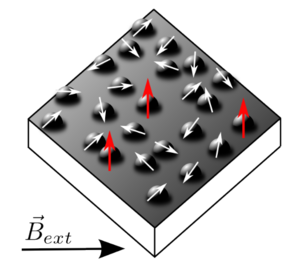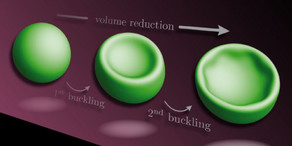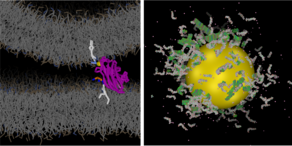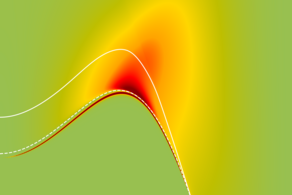SUPER in the few-photon limit reveals fascinating mechanisms
- Reiter
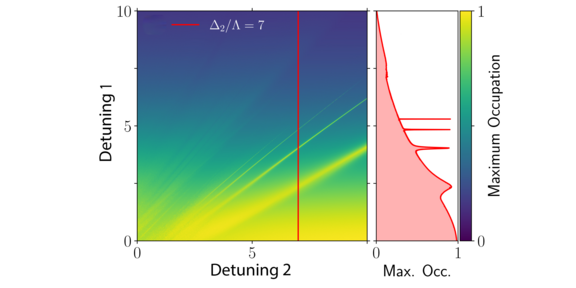
When a quantum emitter is excited with a pair of off-resonant photon modes tuned to the right parameters, the Swing-UP of quantum EmitteR (SUPER) effect can set in. First predicted by our group in 2021, this mechanism was quickly demonstrated experimentally as described in our news article on SUPER. There, high-intensity lasers were used, leaving an open question: does the SUPER mechanism also work in the few-photon limit?
In our latest paper, we investigate this question using the two-mode Jaynes-Cummings model. Our calculations reveal that SUPER is a at least a two-photon process. It highlights an interaction between the state with two photons in the mode of lower detuning and the state where the quantum emitter is excited, with one photon in the mode of higher detuning. This mechanism can also be extended to include more photons and is similar to the three-photon process in atomic physics.
Few-photon SUPER opens exciting possibilities for photon control in terms of frequency and photon number.
The work was conducted in collaboration Arno Rauschenbeutel from HU Berlin and Leonid Yatsenko from National Academy of Science of Ukraine , and Martin Axt from Bayreuth.

